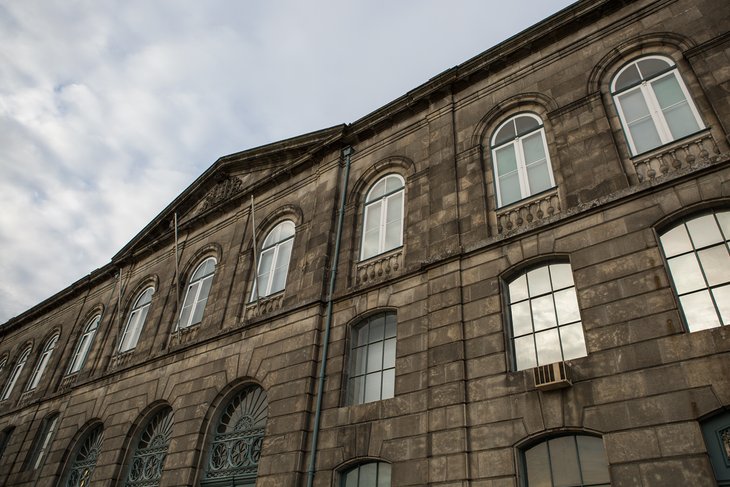The Alfândega building is at last classified as a national monument
Article

Filipa Brito
The President of the Republic approved this past Tuesday a governmental decree classifying the Alfândega Nova of Porto as a national monument. The 19th century building currently houses the Congress Center and the Museum of Transport and Communication, while also being used for a number of other initiatives (shows, exhibitions, forums).
Built according to the project of French architect Jeann-François Colson, the history of the building’s classification is old. In 1933, a process had been previously opened, but it expired. The Direção Regional de Cultura do Norte made another proposal in 2016, but only in 2018 did the Ministry of Culture accept it and started processing it. Once again, however, it did not go through. More recently, in 2020, the Direção-Geral do Património Cultural (DGPC) made a new proposal for the classification.
On the 22nd of June, the Council of Ministers approved, in Évora, the classification of the monument, which stands out “not only for its dimensions but also for the quality of its architecture and the urban integration in the historical area of Porto”. “It is considered by many as one of the most profound urban and scenic changes of 19th century Portugal”, according to the statement of the Council of Ministers.
Serving as the future centre of the Museum of Porto
With 36 thousand square meters, the building was rehabilitated in the late 1980s to adapt it to its new functions, with Souto de Moura leading the project. The Congress Center was considered the “Best Meetings & Conference Center in Europe 2017” by the Business Destinations Magazine, after having received the same award in 2014 and 2015.
During the presentation of the new projects for the Museum and Libraries of Porto, which took place this March, the mayor of City Hall, Rui Moreira, alongside Jorge Sobrado, director of the Museum and Libraries of Porto, announced that Alfândega would temporarily house the main centre of the Museum of Porto.
“I could not have found a better place in terms of location, symbolism, and heritage, of infrastructural support for a short-term solution and for tourism”, the mayor stated.